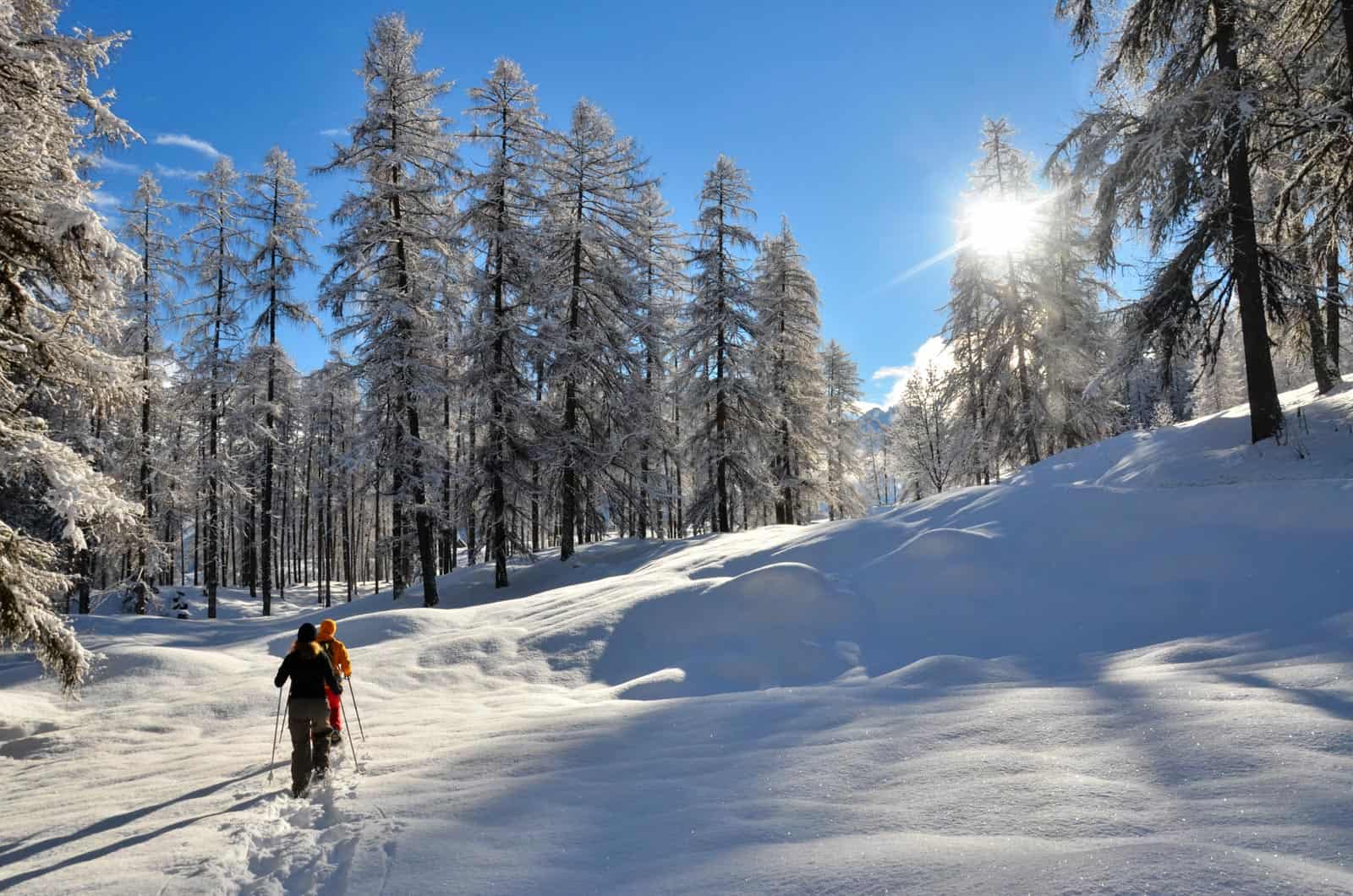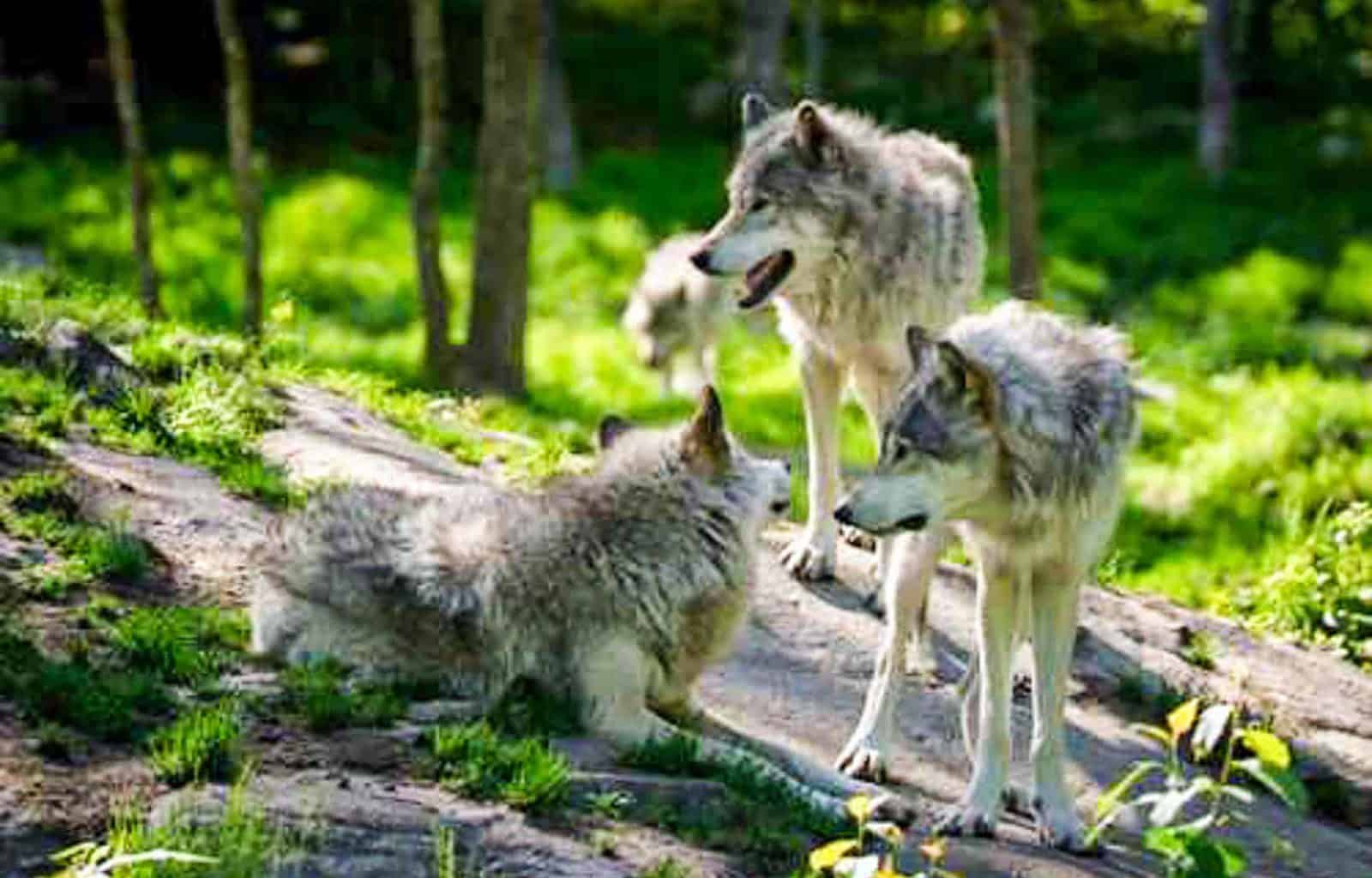Four rules for coexistence of winter sports and wildlife
While winter sports enthusiasts are happy about all the snow, a snowy winter means a big challenge for wildlife. This is not only due to harsh weather conditions but also due to winter sports. This makes it all the more important to follow simple rules so that deer, chamois, black grouse, etc. can find enough peace to get through the winter. With the campaign “Respect your limits – snow sports with consideration“, a broad coalition of sports and nature conservation associations in Switzerland is raising awareness among snow sports enthusiasts.
Awareness raising for coexistence
In June 2020, the Federal Office of Sport FOSPO published the study “Sport Switzerland 2020”. It shows that between 2014 and 2020 the number of skiers, snowboarders and snowshoers increased from around 276,000 to around 460,000. 6.5% of the population practised these sports on an average of 5 days per year, 0.2% of the population as their main sport.
This winter, awareness-raising measures will be further intensified. Posters with specific images of landscapes will be used for this purpose. In order to inform new snowshoers in particular about wildlife and protected areas, those responsible for the “Snow sports with consideration” campaign plan to work even more closely with tourism managers and all those who prepare and signal snowshoe routes in order to provide information as comprehensively as possible. More and more snowshoe hikers are moving along snowshoe trails, along regularly used routes, but also in untouched winter landscapes.
Cold and lots of snow force wild animals to save energy
You can get too close to wildlife sooner than you think. Low temperatures and a meagre food supply in winter force wild animals in the mountains to save energy. The animals need areas where they are undisturbed. Every flight from a snow sportsman or woman off the slopes leads to a loss of valuable energy. In hard winters this is particularly serious.
Four rules from “Respect your limits – snow sports with consideration”
- Respect wildlife sanctuaries and wildlife protection areas: They provide retreats for wild animals.
- Stay on paths and marked routes in the forest: This allows wild animals to get used to people.
- Avoid forest edges and snow-free areas: They are the favourite places of wild animals.
- Keep dogs on a leash, especially in the forest: Wild animals flee from free-roaming dogs.








